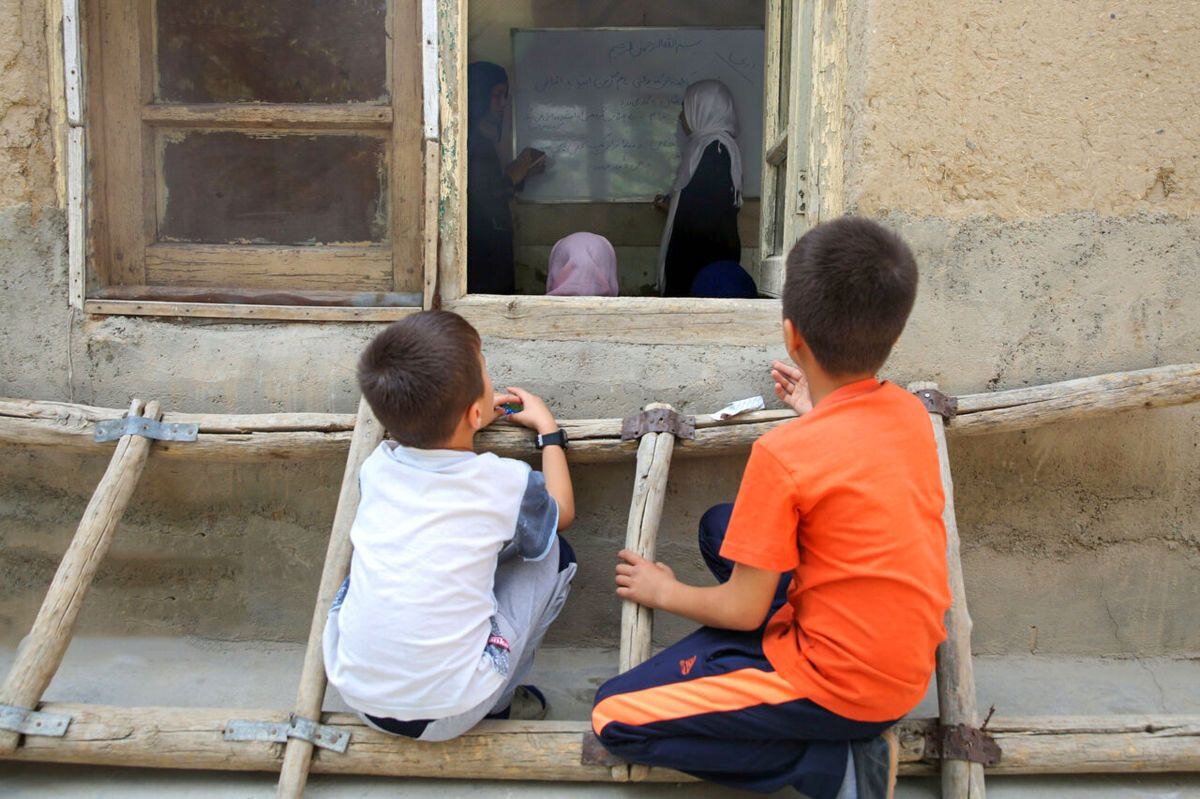Some 750,000 out-of-school students identified

TEHRAN – While education is accessible to all in the country, some 750,000 students are still out of school, Education Minister Alireza Kazemi has said.
Around 150,000 out-of-school students should study in elementary schools and the rest in secondary and high schools, ISNA quoted Kazemi as saying.
“Family, economic, and social issues are among the most common factors contributing to dropping out of school.”
School dropouts are not due to a lack of schools or classrooms, since there are about 5,000 schools with less than five students in the country.
Most of those students who leave high schools, usually aim to find a job.
Some out-of-school girls in rural areas give up education because of mixed-gender classes, Kazemi noted.
In September, Rezvan Hakimzadeh, an official with the Ministry of Education, said around 216,000 out-of-school children were identified in the previous academic year, which started on September 22, 2023.
Approximately 31,000 out-of-school children resumed education.
Some of the children are grappling with hard-to-treat diseases, IRNA quoted Hakimzadeh as saying.
School dropouts have always been one of the challenges in the education system of many countries. Each country follows a specific strategy to deal with the problem.
According to Article 30 of the Constitution, the government must provide all citizens with free education up to secondary school and must expand free higher education to the extent required by the country for attaining self-sufficiency.
Therefore, students should be prevented from dropping out of school and careful planning is needed to bring them back to school. Out-of-school children should be organized.
Despite the efforts, there are still some children who are missing out on education in all parts of the country, including Tehran.
“There are over 20 factors leading to dropping out of school, so not all those who have not enrolled in a school year can be classified as out-of-school, as about 5,000 of them found out to have passed away,” she noted.
Education space per student, literacy rate improved
According to the latest statistics, education space per student in Iran has increased from 5.17 square meters in the calendar year 1396 (2017-2018) to 5.28 square meters in the year 1402 (2023 – 2024).
The literacy rate, as well, has increased from 87.9 percent in 1396 to 90.7 percent in 1402, IRNA reported.
In the mentioned six-year period, the ratio of resilient classrooms improved from 0.64 to 0.82, sport space per student grew from 0.17 to 0.20, and the ratio of classrooms equipped with cooling and heating systems rose from 0.48 to 0.68.
The literacy rate has improved in urban areas as well as rural areas. From 1396 to 1402, the literacy rate among men and women amounted to 93.9 percent and 87.4 percent, respectively.
The literacy rate in urban areas was announced to be 92.8 percent, males had a literacy of 95.4 percent and females had a literacy rate of 90.2 percent.
In rural areas, the literacy rate reached 83.5 percent. Men accounted for 88.8 percent and women for 78.3 percent of the figure.
Moreover, the number of out-of-school students in primary, secondary, and high school lowered from 2.17, 6.71, and 18.19 percent in 1396 to 2.10, 5.23, and 16.12 percent in 1402, respectively.
MT/MG
